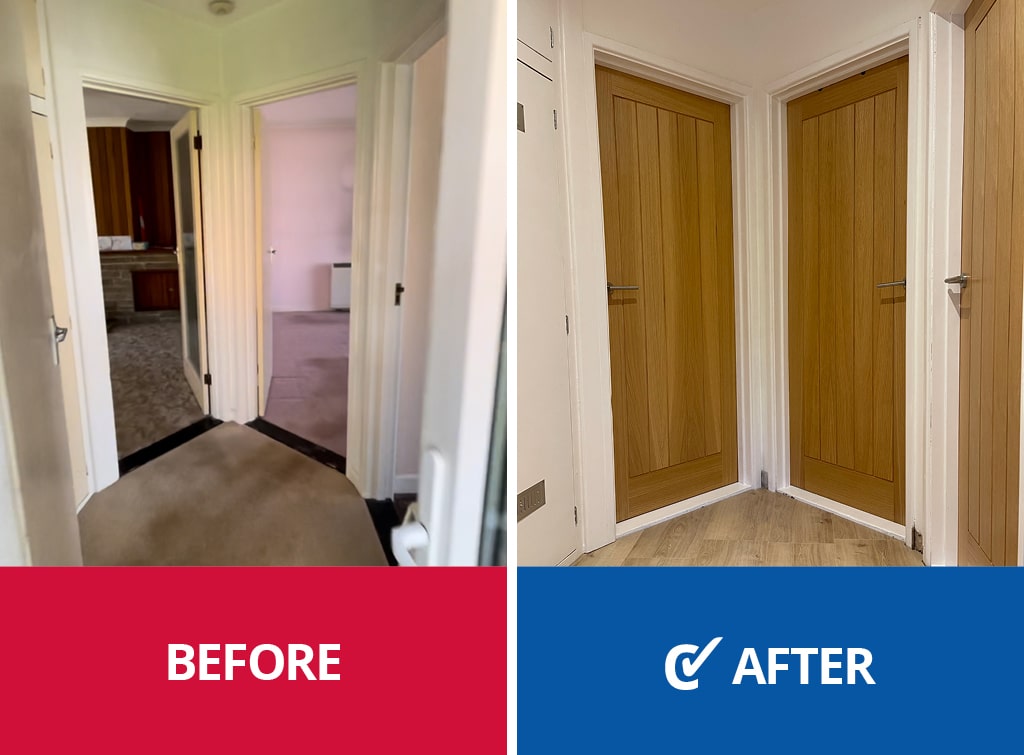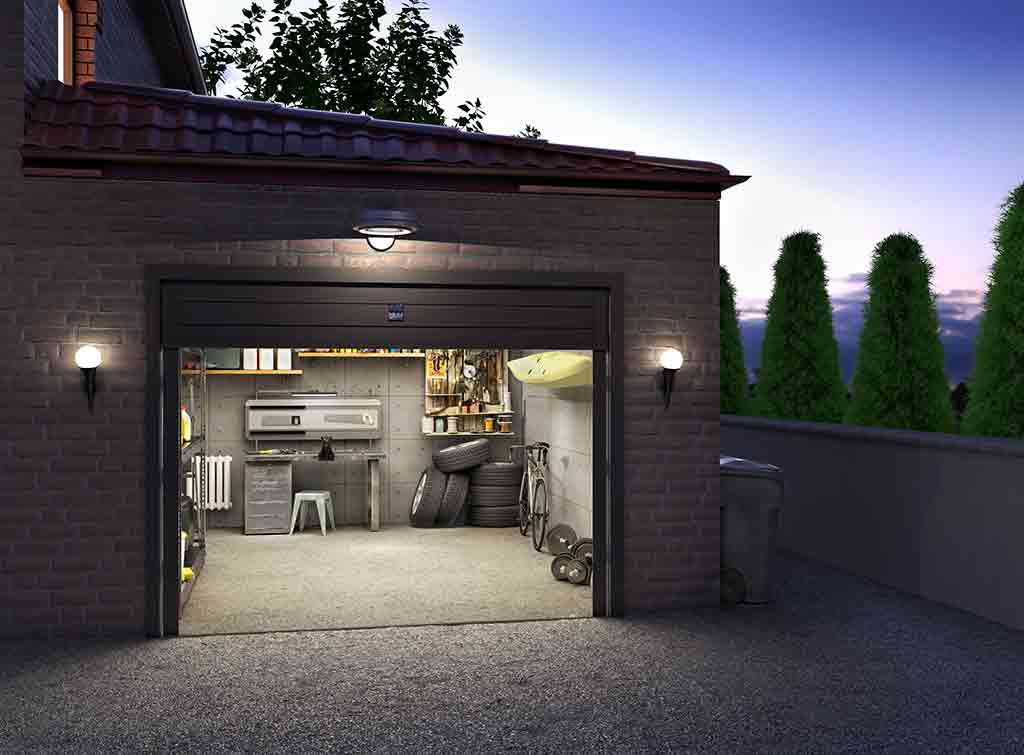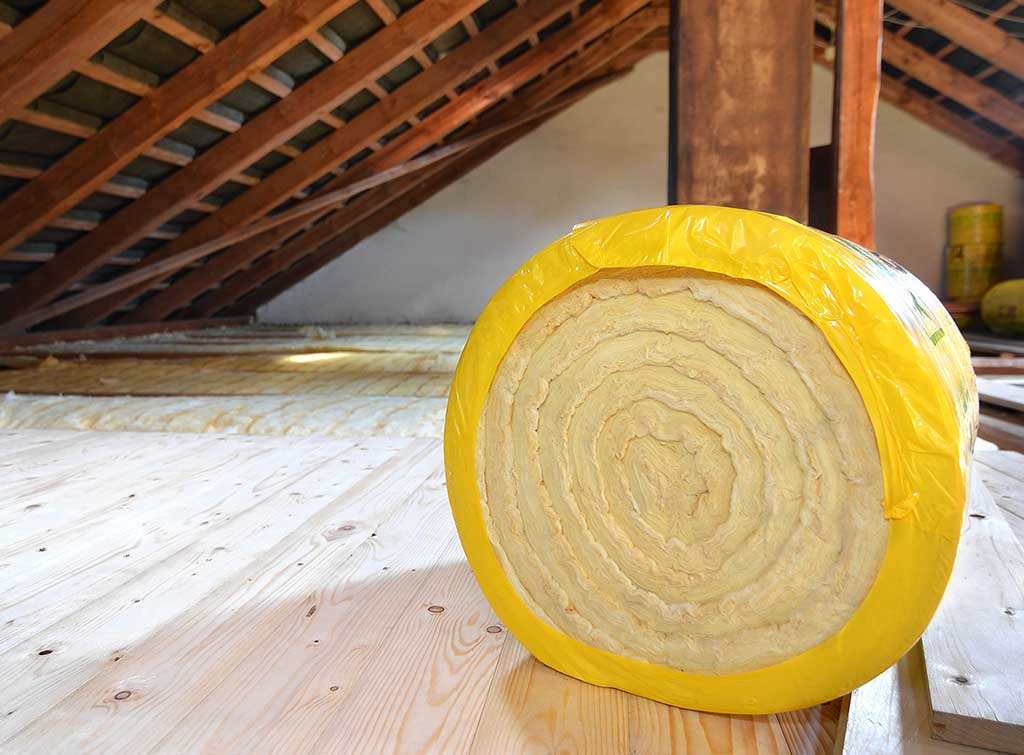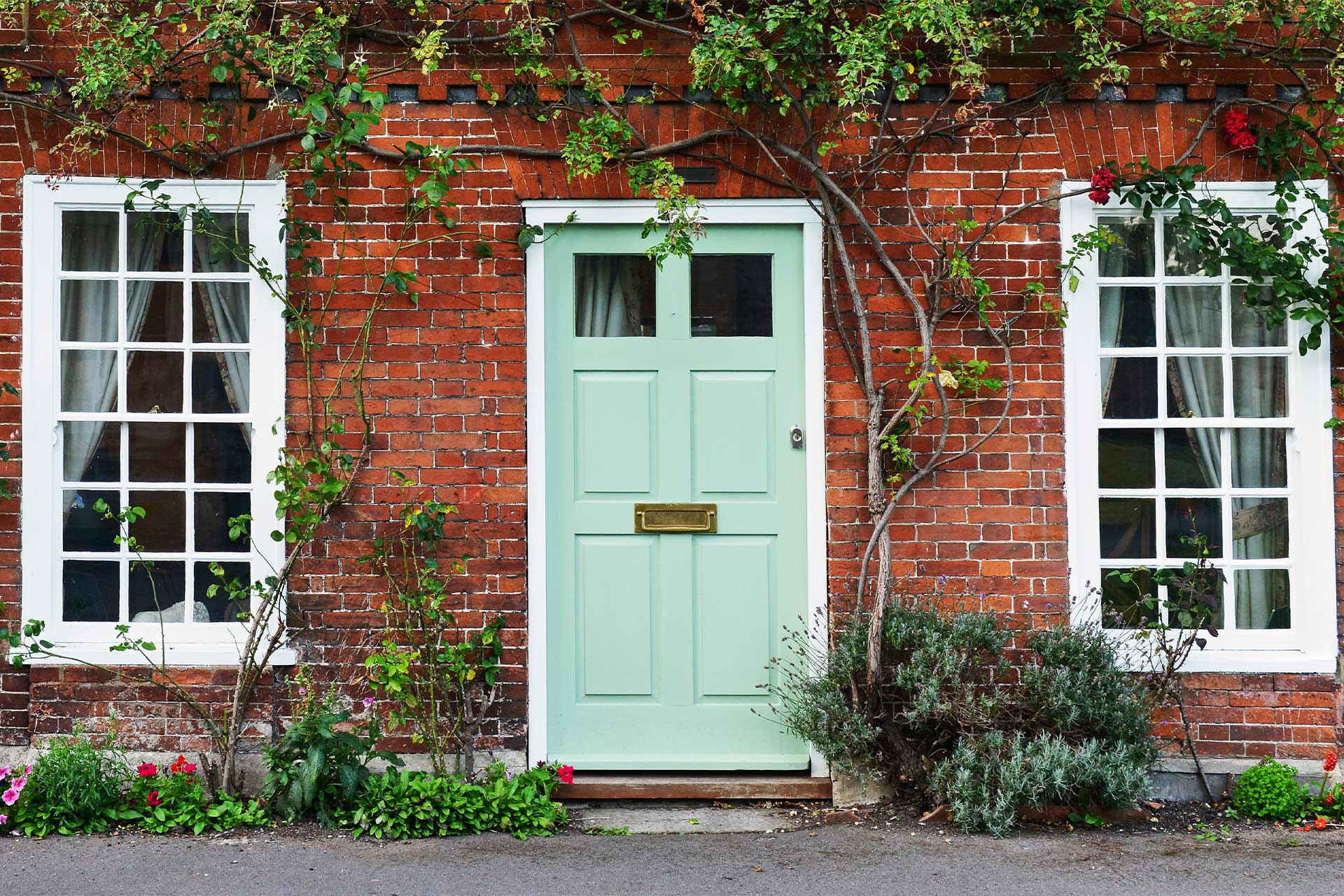Blog>Planning Guides>Replacing internal doors: Planning your project
Last updated: 8 July 2024
Replacing internal doors: Planning your project
Replacing internal doors involves more than you might think. Get your internal door replacement project off to a smooth start with our planning guide – whether you're tackling it yourself or bringing in professionals.
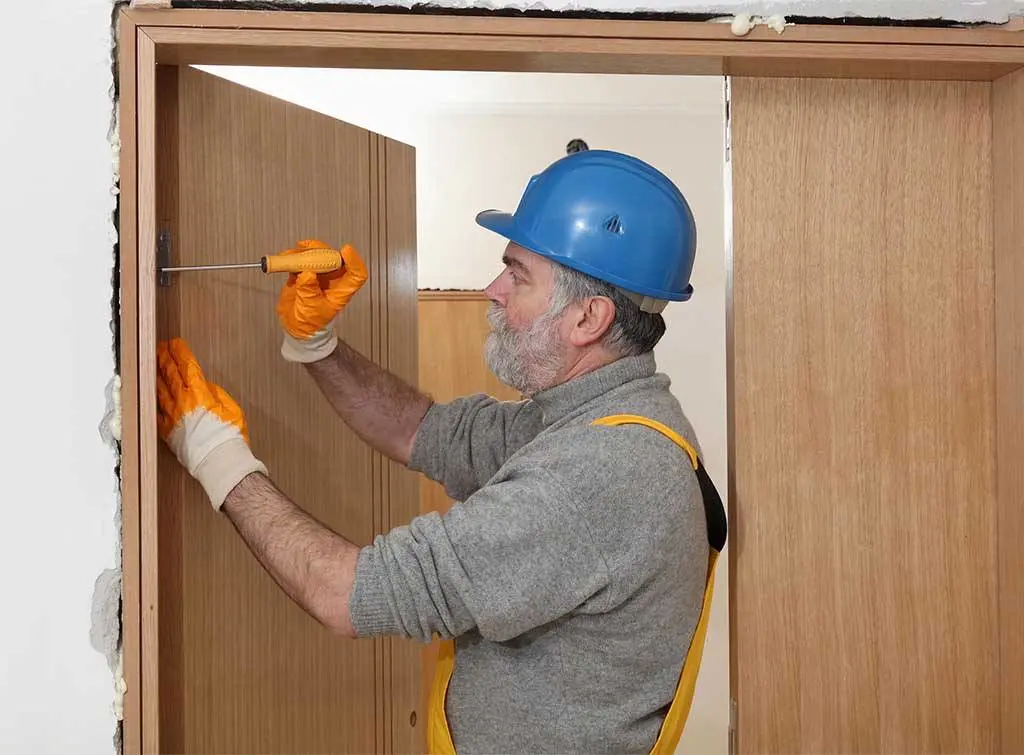
Replacing internal doors might sound simple, but there's a bit more to it than you might expect.
If not fitted properly, your doors could fail to close fully, damage your carpets, or hang unevenly. Plus, when it comes to replacing internal doors, the one-size-fits-all rule does not apply!
Here's all you need to know about planning your interior door replacement project.
Before you read this guide...
... it's well worth reading about Chelsey's experience using Checkatrade to upgrade her internal doors. Her experience may help shape yours when you start your internal door project.
Chelsey’s internal door upgrade
Portsmouth-based Chelsey, found a local carpenter through Checkatrade to instantly update her 1960s bungalow with modern, cottage-style doors. Read about Chelsey’s experience finding the right tradesperson for the job and the unexpected benefits this home improvement has brought.
Benefits of interior door replacement
Along with improving the look of a room, replacing internal doors has a host of other benefits:
Functionality – you can upgrade your doors to include lock mechanisms
Privacy – better soundproofing can be achieved with thicker doors
Energy efficiency – new doors can improve insulation and reduce energy costs
Safety – your existing doors may not meet safety standards
Space – installing sliding or folding doors can help optimise space
Accessibility – you can install doors that are easier to open for individuals with disabilities
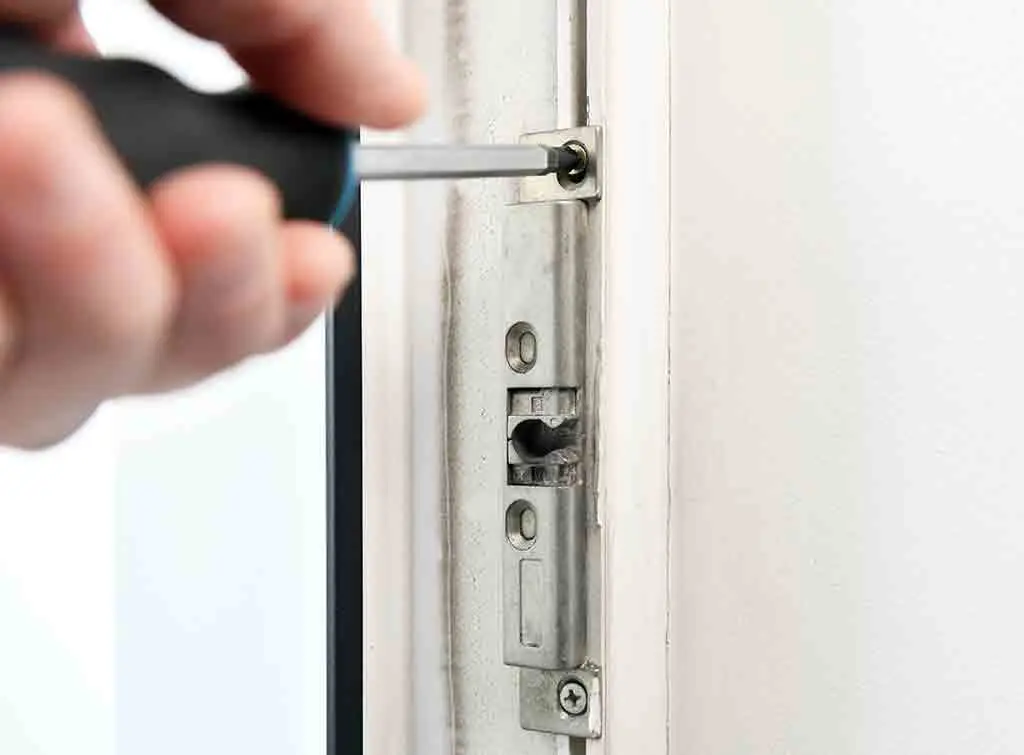
How to replace internal doors
The devil is in the detail when replacing internal doors yourself.
The first thing to know about replacing internal doors is that the one-size-fits-all rule does not apply! Internal doors come in a mind-boggling range of different shapes and sizes.
In an ideal world, you'll want a replacement door with the same-sized hinges and the same hinge positions. This will make fitting the door much easier.
However, finding a like-for-like replacement might not be so easy. So be prepared for some adjustments along the way for the perfect fit (more on that later).
Let's take this step by step:
1. Remove
Fully remove the old door by unscrewing its hinges
Top tip – A second pair of hands to help hold the door will make things easier here.
2. Measure
Measure vertically and horizontally in three places on both sides, then take the largest figures for your new door's dimensions
Remember to account for the thickness of the carpet or any other flooring when measuring
Top tip – If your door measurements aren't standard, you could consider a made-to-measure door. While this will be more expensive than a standard door, it could save you the hassle of trimming it.
3. Fit
Aim for a 2mm side and top gap for a good fit
Slotting a two-penny piece between the door and frame is a handy gauge for the gap needed
4. Trim
Trim off excess from the bottom and sides of your door, if needed
Consider hiring an electric power planer for a more professional finish
Top tip – Be careful not to over-trim your internal door, as it can compromise its structural integrity. Most door manufacturers provide instructions about whether a door is suitable for trimming and by how much.
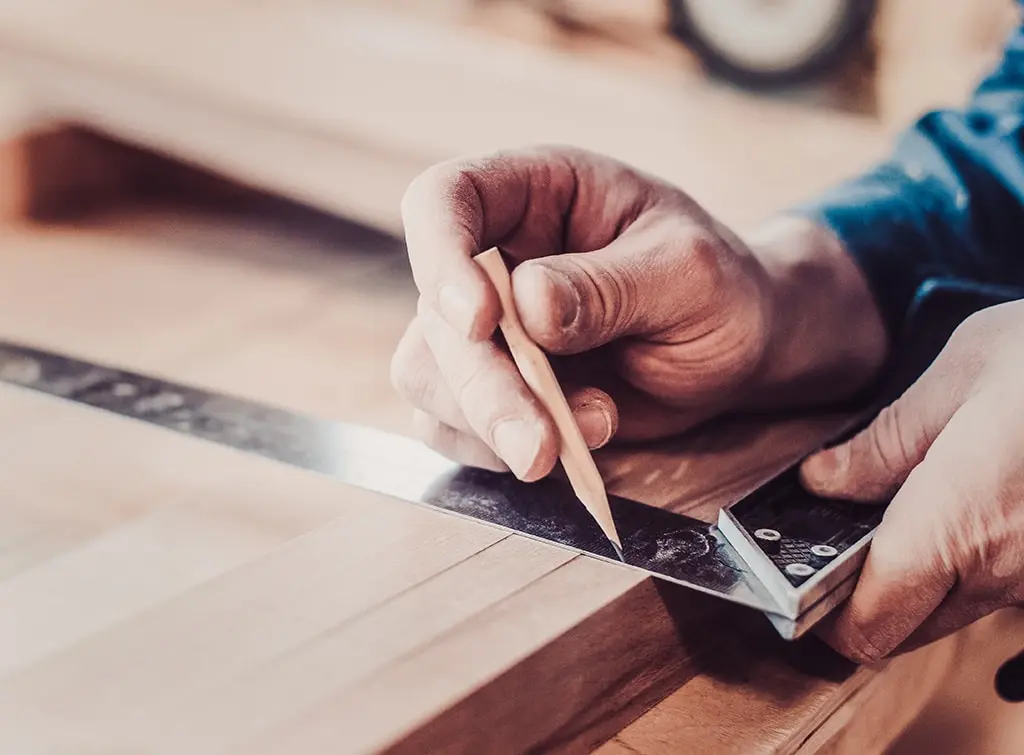
5. Hinges
Support your door within the frame using a wooden wedge, then mark the hinge position on your new door
Using a sharp chisel, remove a chunk of wood to the depth of the hinges on your new door
Cut at 5mm intervals to prevent the wood from splitting
Top tip – If your door's frame has seen better days, consider replacing the frame as well. There are plenty of pre-hung door and frame sets available to buy to make things easier.
6. Door hanging
Using the wooden wedges to secure the door in place, screw the door onto its hinges
Start with the middle hinge first, and once you've checked it fits well, secure the rest of the hinges
Top tip – Always check your door is the right way up and opening the right way before screwing it onto its hinges. It's a more common mistake than you'd think!
7. Door furniture
Add any handles or lock mechanism, using the wood wedges to keep the door in place
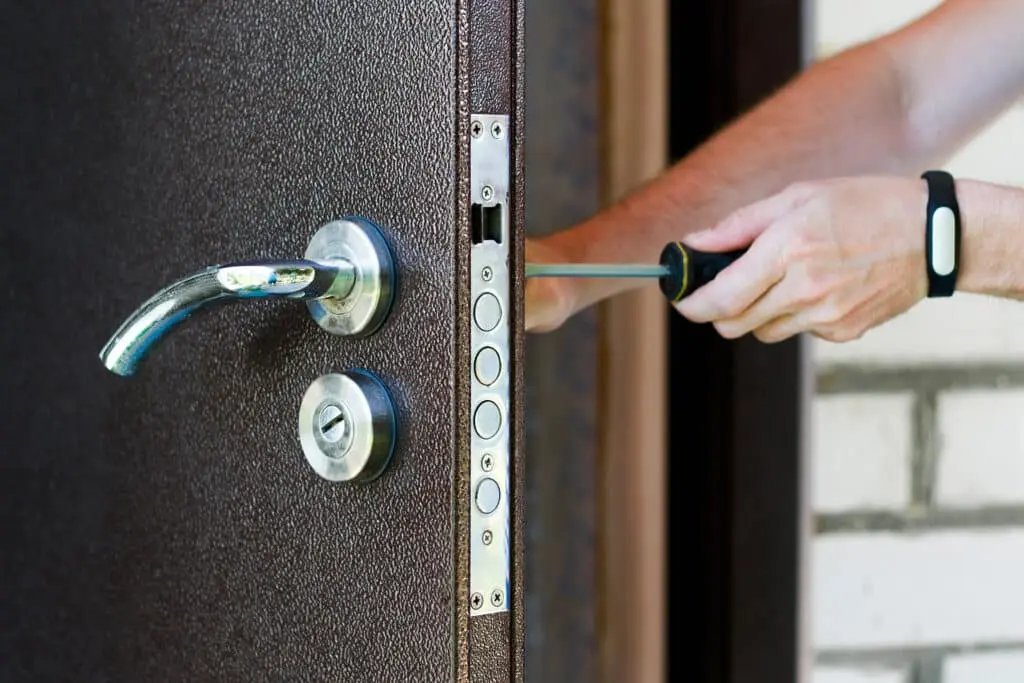
Tools you'll need for replacing internal doors
Have you gone through the steps above and feel confident you have the skills to replace your internal door? Great!
Before you make a start, check you have the following equipment:
Door hinges (usually two or three)
Screws (ideally matching the metal of the hinges)
Screwdriver or electric drill
Wooden wedges for support
Hand or electric planer
Hammer
Chisel
Measuring tape
Set square
Spirit level
Wood filler
Sandpaper
Door furniture
Cost of internal doors
The cost of internal doorsdepends on the material and style you choose. However, as a rough guide, they usually cost between £25 - £150+.
Want to replace interior doors on a budget? Consider hollow core doors rather than solid wood doors. But remember, the sound insulation will be less effective.
Other costs you'll need to consider include door handles and lock mechanisms.
Explore our internal door cost guide to learn more about the prices involved**,** including what you can expect to pay for an internal glass door replacement.
Top tip – While untreated doors may be cheaper, you'll need to factor in the time and cost of priming and painting them.
Consider buying pre-primed and painted doors instead to speed up the process. But just remember, if you're trimming a prefinished door, you'll need to reseal the edges.
Hiring a professional for interior door replacement
If you're starting to doubt whether you have the equipment or skills for replacing internal doors, we highly recommend hiring a professional joiner. Hanging an internal door incorrectly is both an annoyance and a safety hazard.
The average cost in the UK for a professional tradesperson to hang a door is around £250 per door. This cost will include removing the old doors and hanging the new ones.
To find experienced joiners to help you get the perfect fit the first time, simply enter your postcode below.
See the tradespeople we've checked and recommend for your job
FAQs
Can you replace internal doors yourself?
If you're a confident DIY-er with the tools for the job, go for it. For DIY beginners, we suggest hiring a professional joiner to help.
Can I replace an interior door without replacing the frame?
Absolutely. If the door frame is in good nick, you should be fine with using the existing frame.
How often should internal doors be replaced?
There is no need to replace an internal door if it is still structurally sound and functioning properly.
What is the life expectancy of interior doors?
A good-quality interior door can last a lifetime if it is well-fitted and cared for. However, due to general wear and tear, door furniture such as handles and hinges may need to be replaced more often.
See the tradespeople we've checked and recommend for your job
More Planning Guides
See the tradespeople we've checked and recommend for your job
